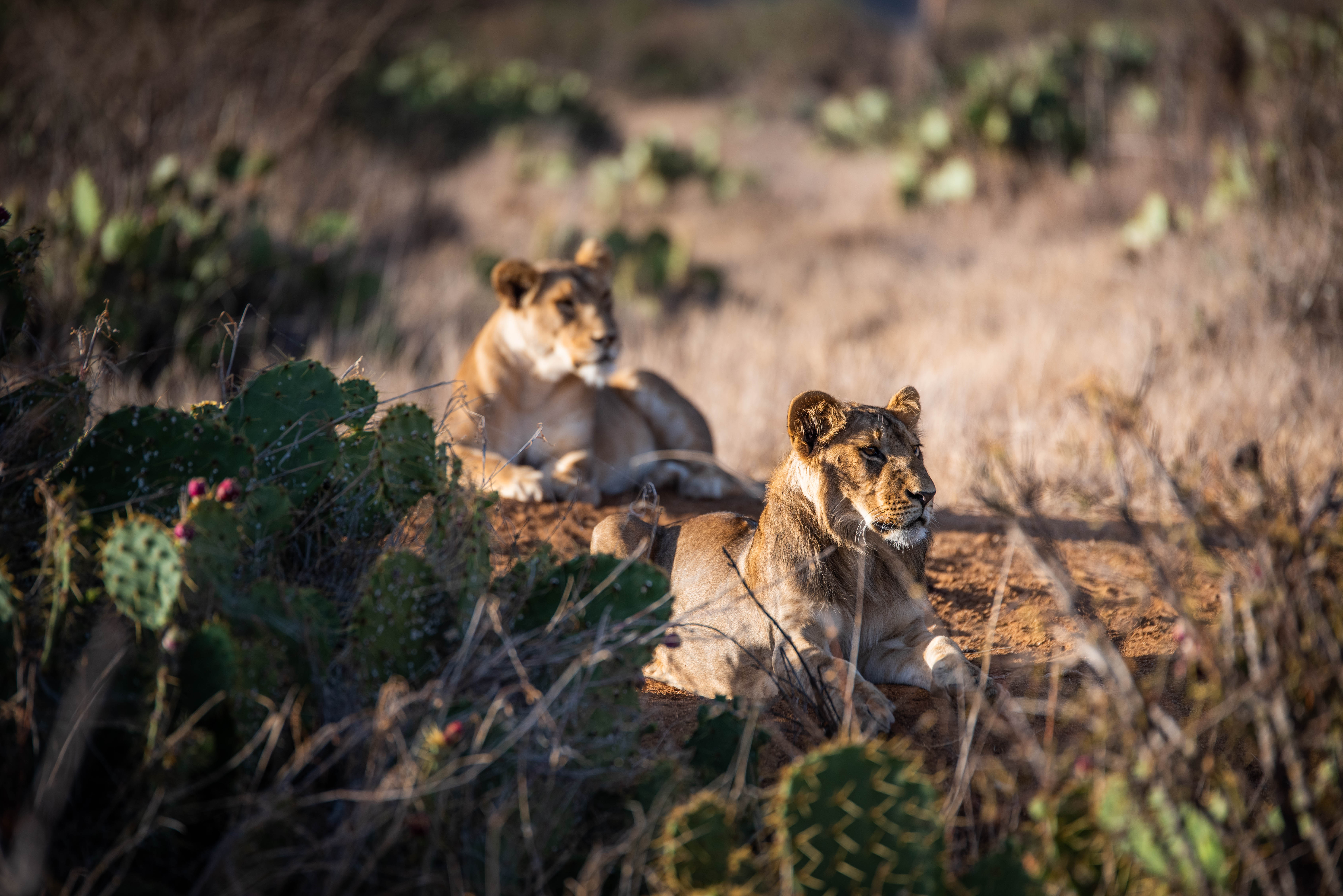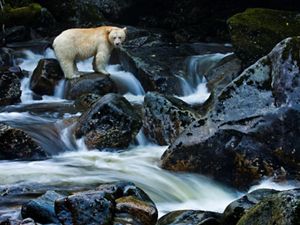Millions of people travel to Costa Rica each year to dive with hammerhead sharks off Cocos Island or see the resplendent quetzal take wing over the cloud forest, part of an ecotourism industry that’s been valued at $2-3 billion annually—as much as 5 percent of the nation’s GDP. Nature is part of this nation’s identity and deeply integrated into its economic future.
In 2012, I was part of a TNC team that worked on a first-of-its-kind project to protect more than 20,000 square kilometers of tropical forest and marine habitat in Costa Rica and improve the management of dozens of national parks. Known as Forever Costa Rica, this $57 million effort debuted a new approach—a Project Finance for Permanence (PFP) agreement—to work at a scale and pace that wouldn’t have otherwise been possible.
Now, as leaders across the globe debate new biodiversity protection targets under the UN Convention on Biological Diversity, many are looking to Costa Rica—which has about 25 percent of its habitats under some level of protection—as a model for how to create effective habitat protection.


The need for habitat protection across our planet is undeniable—we’ve seen a 68 percent decline in populations of birds, mammals, reptiles and amphibians globally since 1970, and statistics for ocean and freshwater species are even more dire. And as the climate continues to shift, we could witness the extinction of countless species in the next century.
At the UN Convention on Biological Diversity (CBD) meeting planned for fall of 2022, countries are expected to support a global goal of protecting 30 percent of land, freshwater, and marine habitats by 2030—an approach known as 30x30. And many nations are committing to similarly ambitious habitat protection and conservation targets within their borders, joining the High Ambition Coalition for Nature and People.
Implementing these visions won’t be easy. We have fewer than 10 years to inspire substantial transformation to a nature-positive future: a world in which the world has more nature in future decades than today.

So The Nature Conservancy, Pew Charitable Trusts, World Wildlife Fund, and ZOMALAB have banded together under a new collaborative known as Enduring Earth to bring this PFP approach that was so successful in Costa Rica to conservation efforts across the globe.
Much like an easement or a debt swap, a PFP is a legal and financial tool that makes conservation possible. Why use the PFP approach?
- It’s about partnership: Simply put, we can accomplish more by working together. PFPs build a bigger table, bringing a diversity of stakeholders to the decision-making process. National and local governments are critical partners. And in many places partnership with Indigenous Peoples and local communities is an integral part of a PFP, ensuring that long-term management of a new protected area aligns with local goals and values.
- It’s about scope and scale: The PFP, which consolidates negotiating, planning, legal governance and fundraising for many partners under one umbrella, allows these projects to grow bigger and move faster, without leaving local communities behind. These projects are not incremental. They are significant efforts with significant global impacts, and thus can attract funding from sources that other initiatives might not inspire. We aim to raise more than $1 billion in private and public funding over the next decade, alongside financial commitments from host country governments and locally developed sustainable-financing mechanisms—for a total of $4 billion to launch a portfolio of 20 large conservation initiatives across the planet.
- It’s about durability: These projects are developed in concert with local governments and communities to ensure support for a conserved area over time, and they also create financial structures to guarantee that funds will be available for long-term monitoring and management. These are not “paper parks” whose ambition outstrips the reality of implementation; these are places that will be managed for nature and for the needs of local people, forever.


Together, Enduring Earth aims to work in 20 places worldwide, developing projects that address both the climate and biodiversity crises. To start, TNC will lead efforts for the collaborative in Mongolia, Kenya, Gabon and Canada, building on decades of locally led conservation success. We’ll continue longstanding TNC approaches to respectful partnership and good science, but we’ll also be able to supercharge these efforts with the power of a broad partnership.
TNC has never worked with its peers in the conservation world in quite this way. We’re more than partners in a large, dispersed coalition, as we’ve been in the past. We’re working together to build a joint vision that adds up to far more than the sum of its parts, and we’re each contributing our organization’s unique strengths to realize that better world for nature and for people.
Global Insights
Check out our latest thinking and real-world solutions to some of the most complex challenges facing people and the planet today.



